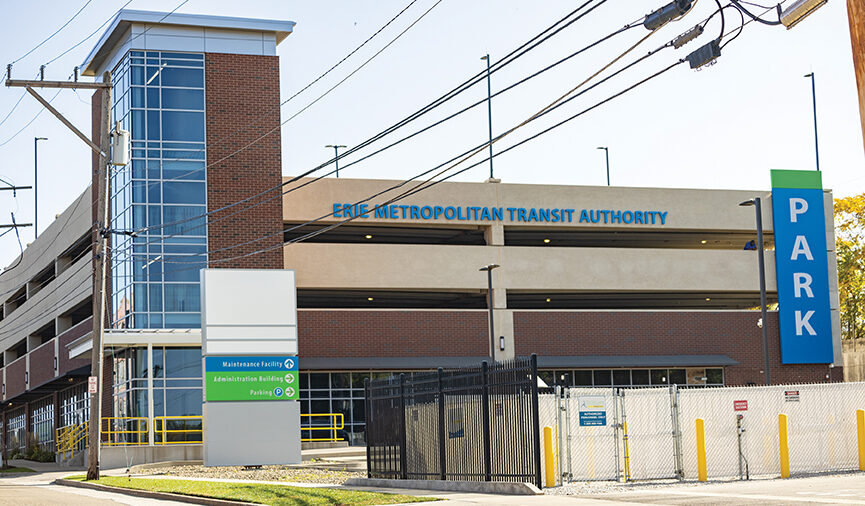Suppression Systems
Fire suppression frequently includes a sprinkler system to extinguish or contain a fire. Suppression systems include water suppression, gaseous agents, pre-action systems, clean agent suppression systems and a host of specialty systems. Fire sprinkler systems are considered active fire suppression systems.
















